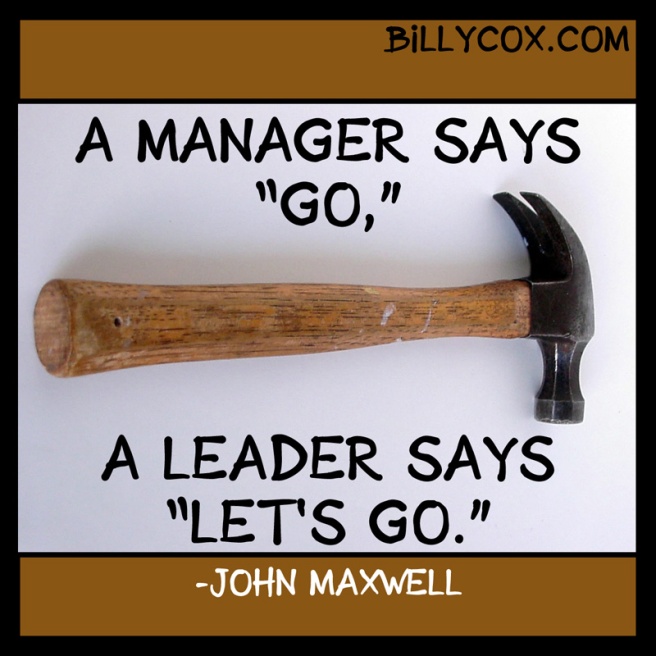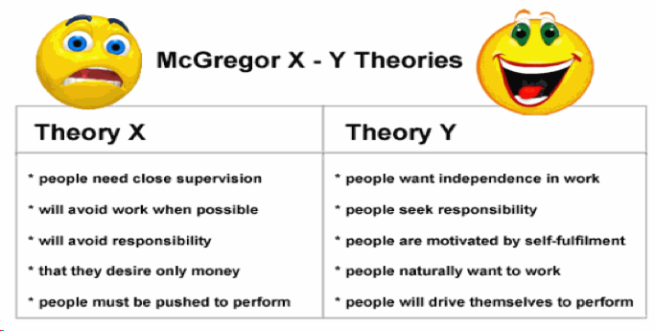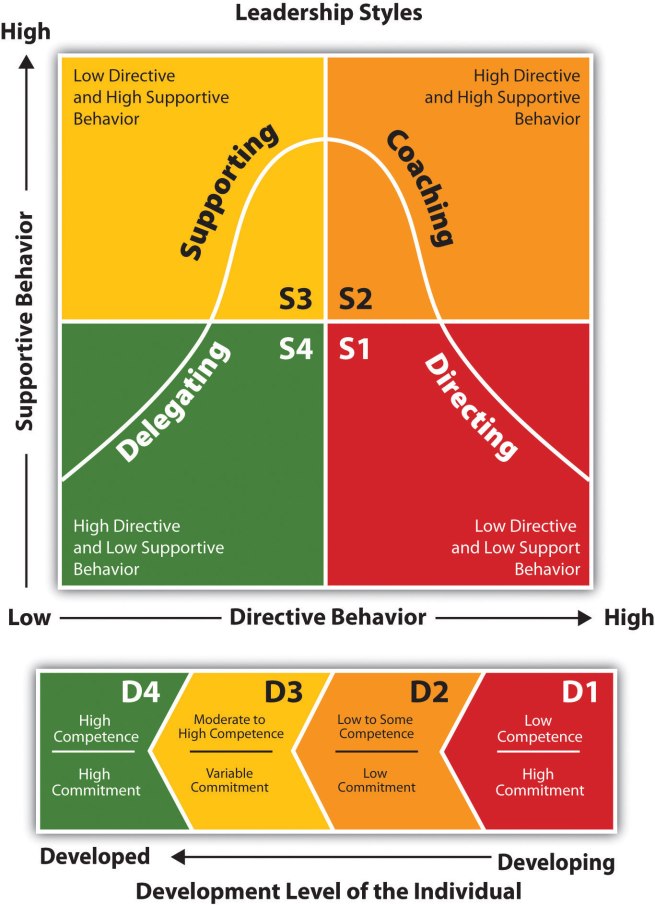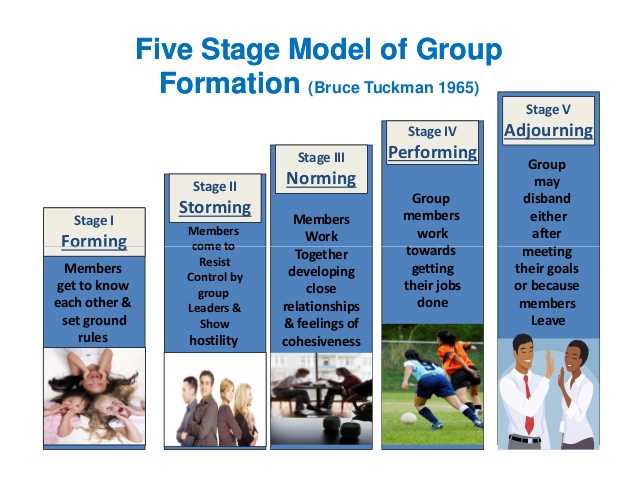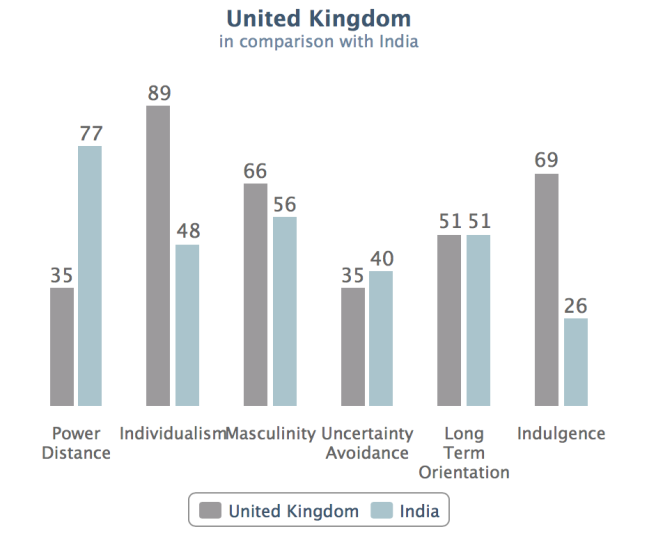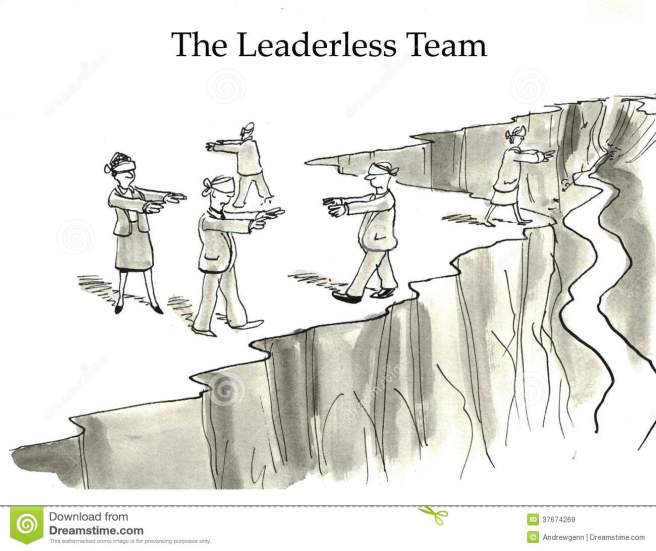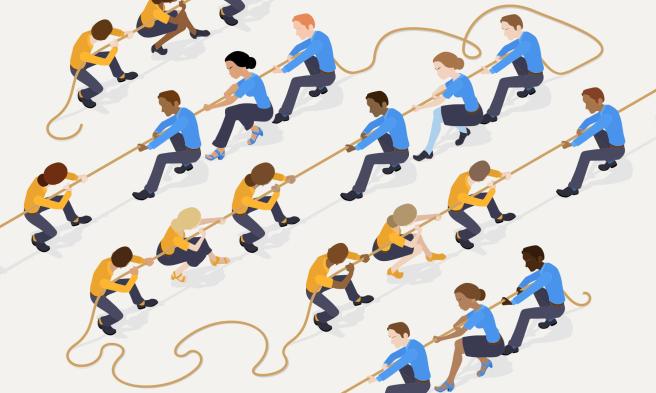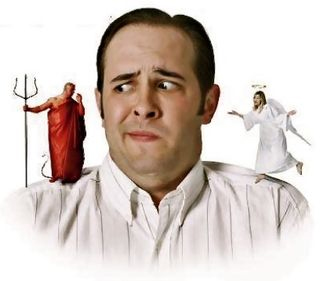
I’ve been privileged to see many great leaders all through my life like Warren Buffet, Jeff Bezos, Nara Chandra Babu Naidu, Mahatma Gandhi. I tried hard to learn exactly what it is that makes them so effective. It’s very surprising that although these leaders lead different sectors of people in different situations, they all have few things in common. May be these are the fundamentals to be an effective leader! Vision is always one of them. These leaders give utmost importance to ideas, values and activities they are passionate about. Inspired from all of them my perception of vision of leadership is chalked out. According to me, it’s very important for a leader to have clear ideas. For Living out the vision persistence matters as much as the inspiration. Great leaders never give up.
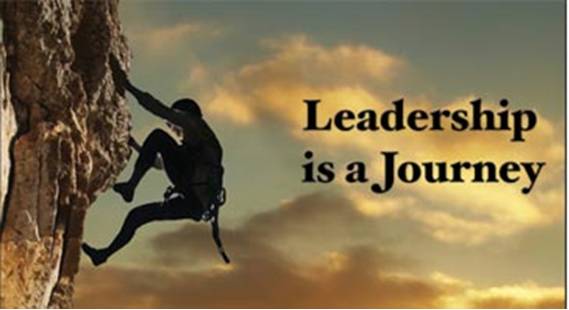
Transformational leadership and situational leadership are those that interests me. In this highly volatile and diverse world I believe that these two leadership styles will have a huge impact on an organization. When there is so much volatility around us transformational leadership has to be practiced as organizations fail terribly if they don’t change. Companies like Nokia, Kodak were once market leaders. But due to lack of transformational leadership these companies reached the bottom end. As world has become a global village and there are diverse work teams, it’s important for a leader to act according to situations. Hersey and Blanchard theory of situational leadership should be practiced when there are diverse teams. CEO of Apple after Steve Jobs, Tim Cook follows situational leadership. Situational Leadership demands leaders to be both directive and supportive according to the situation. Tim cook follows that. Tim Cook is used his situational leadership skills when addressing the US government when “demanding that Apple take an unprecedented step which threatens the security of our customers” (Cook, 2016). Mr. Cook opposed and did not fulfill the requests of the FBI to create a new phone and bypass security measures that put users at risk. Mr. Cook addressed the issue and also provided legislation which supports his directive stance.
Among all the leaders, Warren Buffet really inspires me. Being a finance student, I find it very fascinating how Warren Buffet moves the stock market. He created Buffet Effect in stock market, people buy what he buys, they sell what he sells (Fortune 2014). He also leads 300,000 employees with a values-based, hands-off style which comes under laissez faire leadership style that gives managers lot of freedom and incentives like owners (Fortune 2014). As a result of his leadership, the company Berkshire hathaway became the fifth most valuable company in America (Fortune 2014).
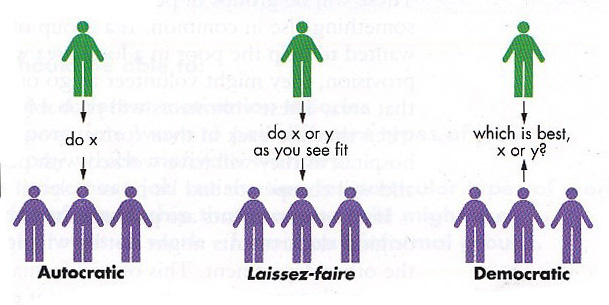
I was a school pupil leader in my school where i was leading and representing all the students of school. I was a democratic leader without even knowing what it’s called. I gathered opinions from all the class heads while taking decisions. But now i realized that when leading more number of people autocratic leadership is more suitable as democratic style would be chaos to gather opinions from so many people.
In my MBA class, I had to lead a team which is very diverse. For getting a task done, I dealt it by being a democratic leader. I encouraged participation of my team members in decision making as that would make them feel involved and responsible. At that point of time i thought that’s the best leadership style i could adapt. Democratic leadership suited that particular situation. It got us good results.
I am a student representative of Finance department, in one of the cirumstances i followed laissez faire leadership style.
Therefore, I believe it all comes down to what kind of team and situation we are leading to choose a leadership style. Without this flexibility it’s very difficult to get success at all situations.

In the feedback provided by my team members about my leadership, my team members were satisfied with democratic leadership. They felt important when i asked for their opinions. They worked with more enthusiasm as they felt responsible and involved. However, some of them couldn’t agree on few decisions taken. They felt their views were not valued. This is something I should improve on. Convincing everyone and getting everyone on the same path is very important for a leader. From MBA, I learnt how and where to use different kind of leadership styles. I learnt how important it is to observe the nature of team members. Understanding the strengths and weaknesses of team members is also very important. I also learnt that motivating people is the most important quality of a leader.






